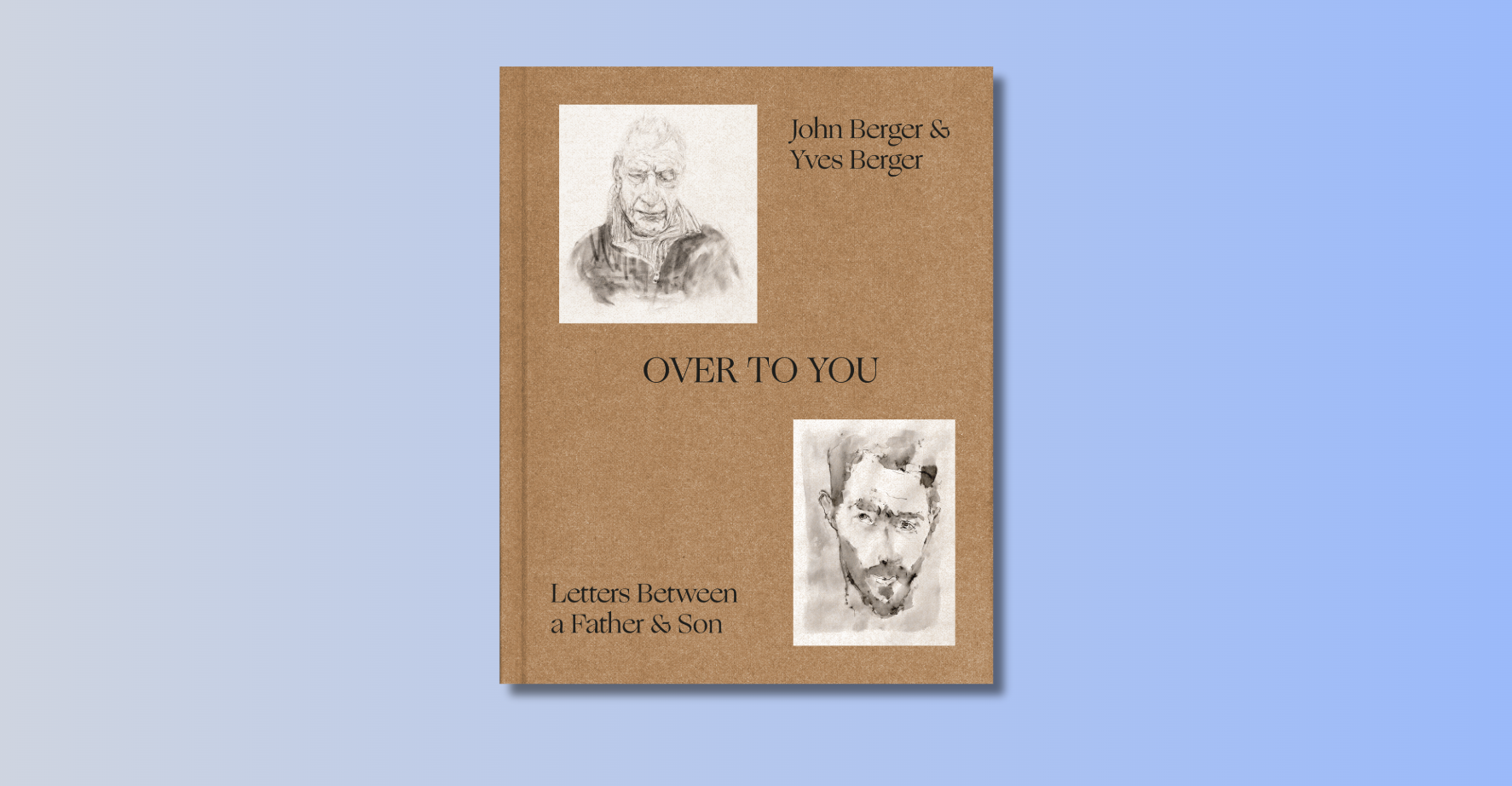Colm Toibin and Jhumpa Lahiri headline the 2013 Booker shortlist, which also offers newer names like NoViolet Bulawayo, making the list with her first novel, and Eleanor Catton, shortlisted for her second. The longlist was offered here with some excerpts a month ago, but since you might not have gotten around to them then, we’ll offer the same with the shortlist below.
- We Need New Names by NoViolet Bulawayo (excerpt)
- The Luminaries by Eleanor Catton (publisher synopsis)
- Harvest by Jim Crace (excerpt)
- The Lowland by Jhumpa Lahiri (excerpt)
- A Tale for the Time Being by Ruth Ozeki (review)
- The Testament of Mary by Colm Tóibín (Millions review, excerpt)














